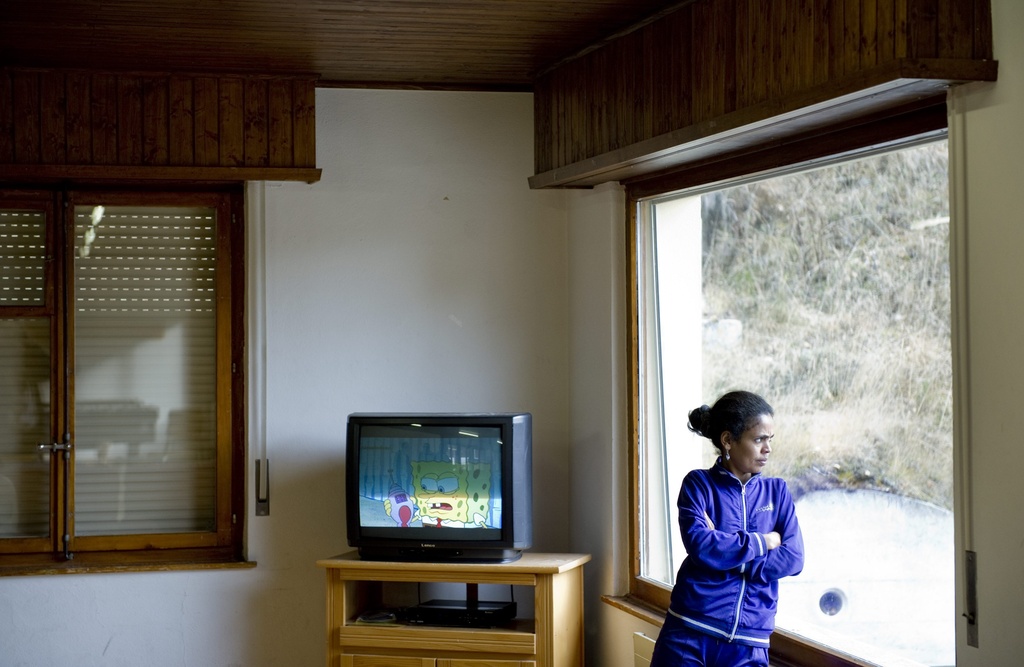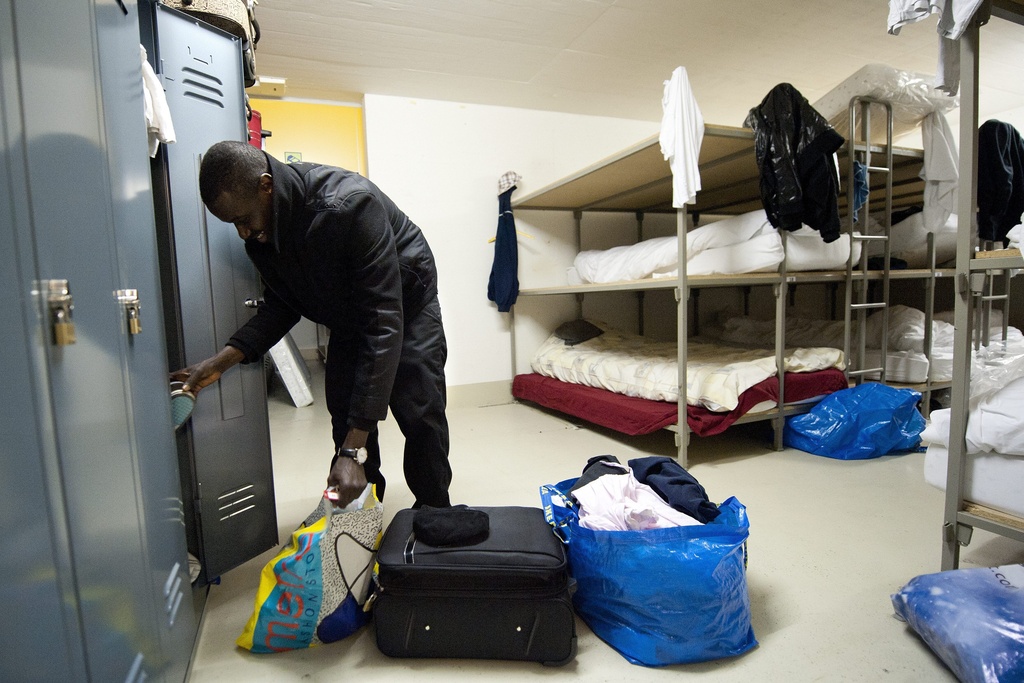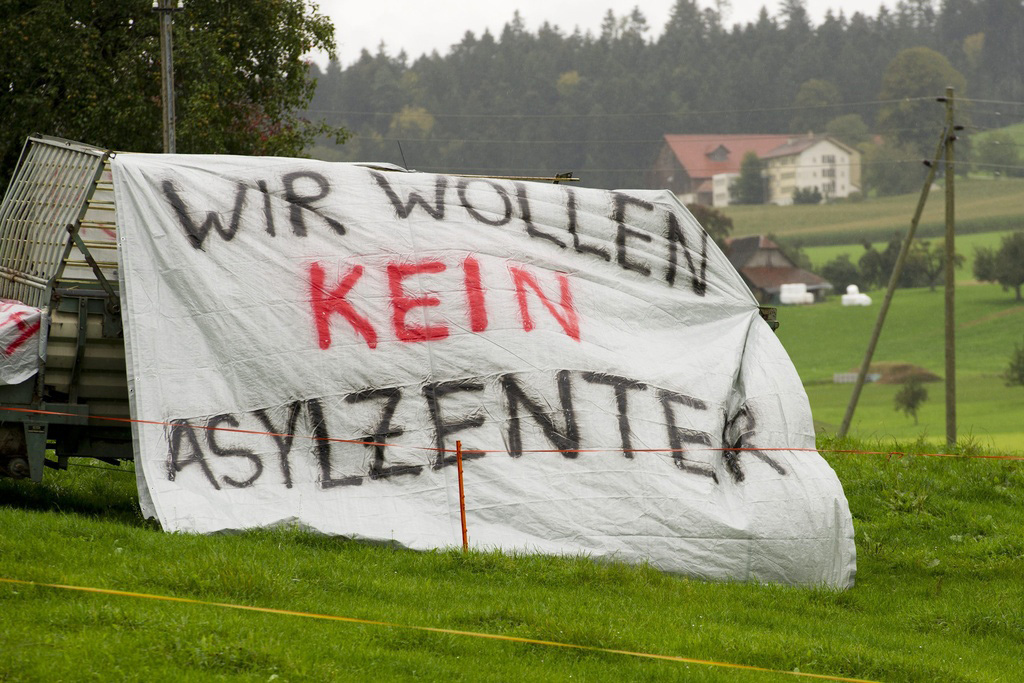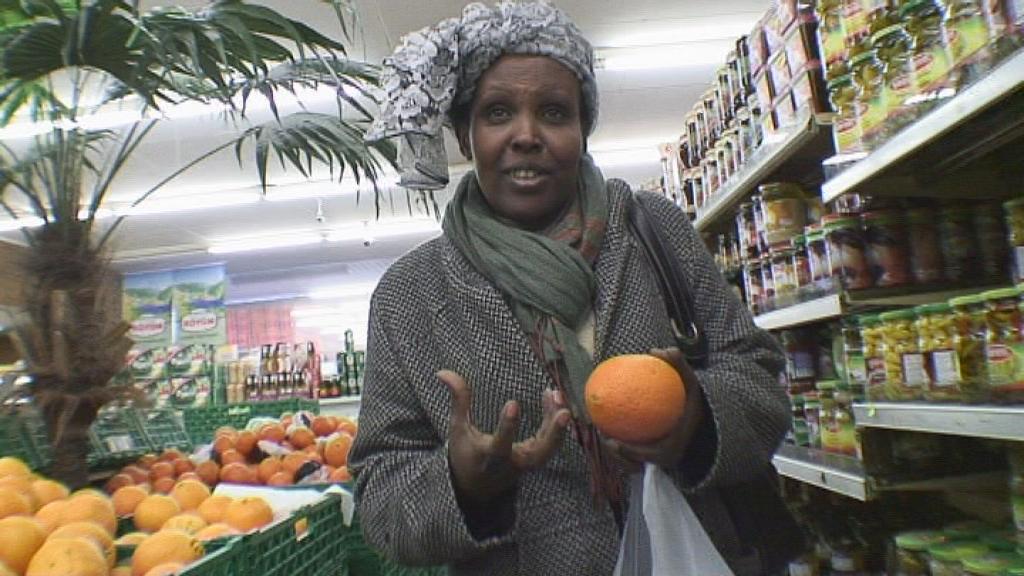U-turn announced on failing asylum process

Justice Minister Simonetta Sommaruga has said she will partially reverse the reorganisation of the Federal Migration Office to speed up asylum requests.
She based her decision on an external report which concluded that previous changes set in motion by her predecessor, Eveline Widmer-Schlumpf, had made the process worse.
Two days earlier the non-governmental Swiss Refugee Council said asylum seeker requests could be reduced if Switzerland handled applications more quickly, pointing out that the rapid treatment of cases that don’t meet requirements could deter other refugees from travelling to Switzerland.
Sommaruga admitted on Thursday that the reorganisation had resulted in some improvements, but when it came to asylum and the issue of returning rejected applicants, changes were “unfortunately” necessary.
According to the report, the aims of the reorganisation had not been met in the administrative unit responsible for asylum. The situation had even deteriorated: fewer requests for asylum were processed today than before the reorganisation.
The target had been to increase productivity by 20 per cent; in fact, it dropped by 25 per cent.
“I’m not surprised by the results of the evaluation,” Sommaruga said, but added that it was more negative than expected.
“Whipping boy”
As a result, she said she planned to partially reverse the reorganisation. The Migration Office had recently become a “whipping boy”, she said. “I want to change that.”
For starters, the asylum process and the issue of returning rejected applicants would no longer be handled by one office. Sommaruga planned to create a department that would be solely responsible for the return of rejected asylum seekers.
In addition, international migration cooperation should be given more weight with the creation of its own unit. Also, a deputy director should be solely responsible for the senior management.
The main posts will be made public in the coming week; the new reorganisation should follow by the end of the year.
Overambitious promises
The author of the report, Hans Wüthrich, a professor of international management, maintained that the basic idea of the reorganisation had been correct, “but too much had not worked”.
He stressed that the partial failure was not the fault of any individual. He spoke of overambitious promises, culture shock and excessive demands.
“It’s now a question of regaining confidence and overcoming lethargy,” he said, adding that “radical new approaches” had to be found for the “main problem” of asylum.
In order to cope with the increase in asylum requests (see side panel), Mario Gattiker, head of the Federal Migration Office, said the office wanted to create 50-60 additional posts.
“For us, the biggest challenge is to deal with the constant increase in asylum requests. Our aim is to accelerate the procedure as much as possible,” he told swissinfo.ch.
“Collateral damage”
In addition to increasing productivity, the authorities had also hoped that the new structure would mean the Migration Office could react better to fluctuations in the number of asylum requests.
This hope turned out to be misplaced. Following the Arab Spring, for example, the justice ministry said Switzerland could offer protection to refugees fleeing the fighting in Libya but that Tunisian economic refugees would be sent home.
In the Migration Office itself, Wüthrich said the reorganisation had led to uncertainty, frustration and fear, with many workers leaving.
“The cultural collateral damage of the reorganisation is clear,” he said.
Dublin
Immigration and asylum are among the most controversial political topics in Switzerland, where the federal authorities are responsible for asylum proceedings but it is up to the country’s 26 cantonal authorities to implement the policy.
While the rightwing Swiss People’s Party has been pushing for stricter asylum rules, the centre-left argues Switzerland must not violate humanitarian principles.
In 2008, Switzerland signed up to the Dublin asylum agreement regulating the asylum proceedings among nearly 20 European states.
Gattiker said Dublin had been a success for Switzerland, with seven asylum seekers handed over to other Dublin states for every one received.
“We’ve had 3,500 expulsions to another Dublin state,” he told swissinfo.ch.
“I think these numbers show clearly that this system functions well. It could always function more efficiently, but I think the Dublin cooperation is very important because, regarding asylum and migration, as a national country you have to collaborate because an international problem calls for international solutions.”
The number of asylum applications submitted in 2011 was up by about 45 per cent on that in 2010, according to the Federal Migration Office.
At 22,551, the number was the highest since 2002.
The office attributed the sharp increase to the crisis in North Africa, and the opening of migration routes to Europe in March.
The top three countries from which the asylum seekers came were Eritrea (3,356), Tunisia (2,574) and Nigeria (1,895).
The office said Tunisian asylum seekers had practically no chance of being allowed to remain in Switzerland, and that 324 had returned home voluntarily. Forced repatriations to North Africa were suspended during the upheavals there, but a special flight to Tunisia had again been organised in December.
The number of people granted asylum was up 7.6 per cent on 2010, at 3,711.
A first reform of the law came into force in 1984 allowing the authorities to reject requests as unfounded.
As of 1988 asylum seekers lost the automatic right to work and the authorities were given the right to detain rejected asylum seekers.
In the 1990s restraining measures against rejected asylum seekers were extended, as were the list of reasons to reject requests as unfounded.
Over the past ten years approval of applications has been made more difficult, appeal deadlines shortened, welfare payments cut and detention periods extended.
In 2006 voters approved a plan to consider asylum only for those with valid travel documents and introducing harsher restraining measures.
(Source: Swiss Refugee Council)

In compliance with the JTI standards
More: SWI swissinfo.ch certified by the Journalism Trust Initiative






You can find an overview of ongoing debates with our journalists here. Please join us!
If you want to start a conversation about a topic raised in this article or want to report factual errors, email us at english@swissinfo.ch.